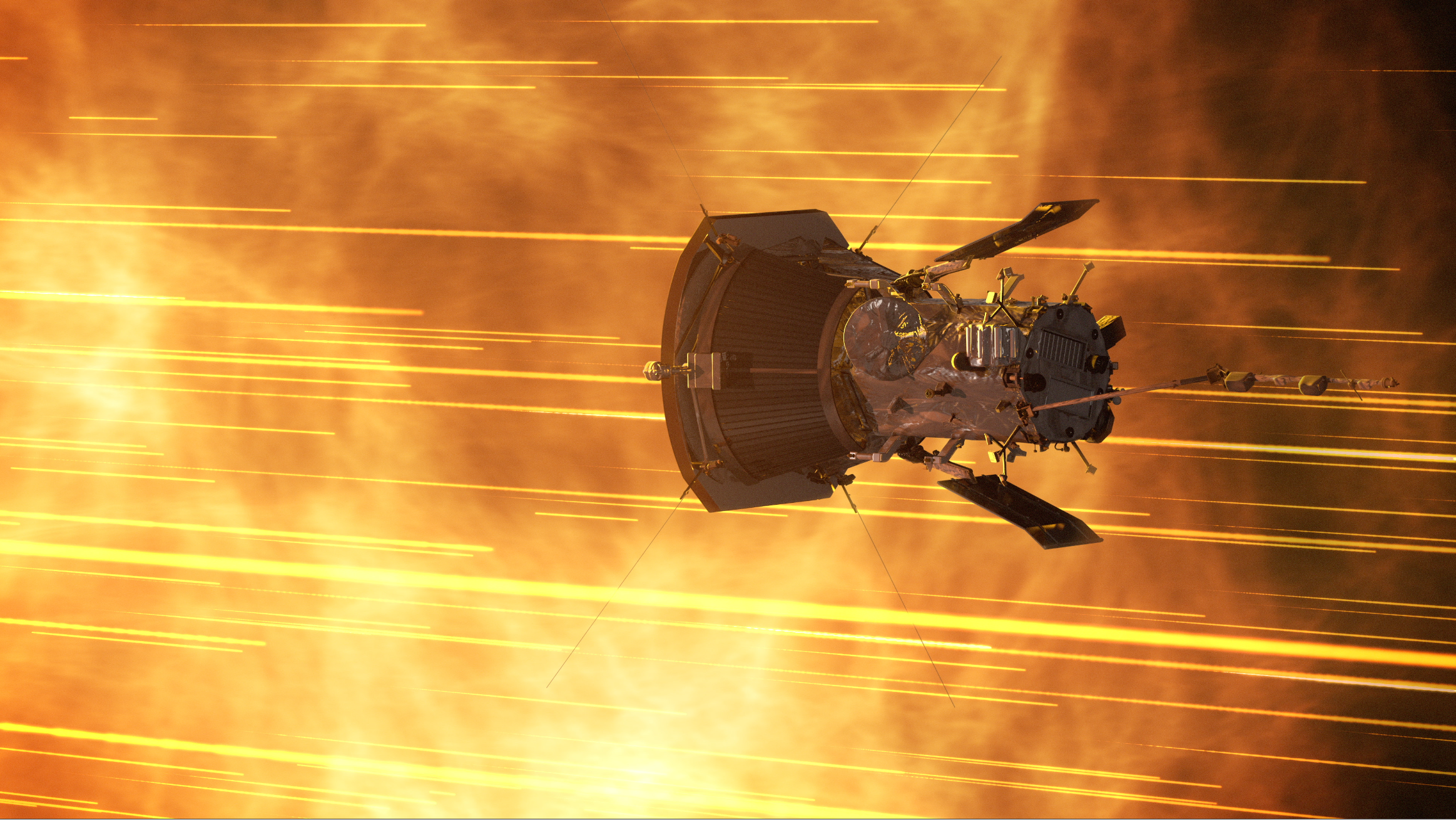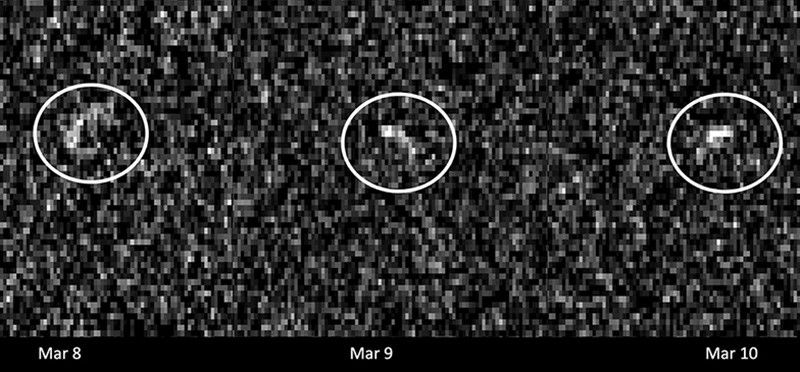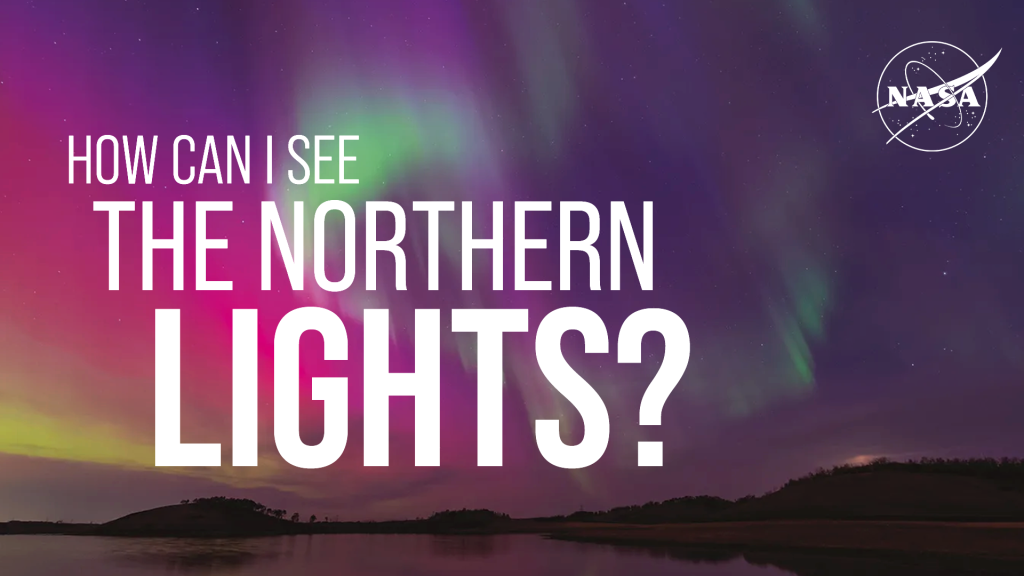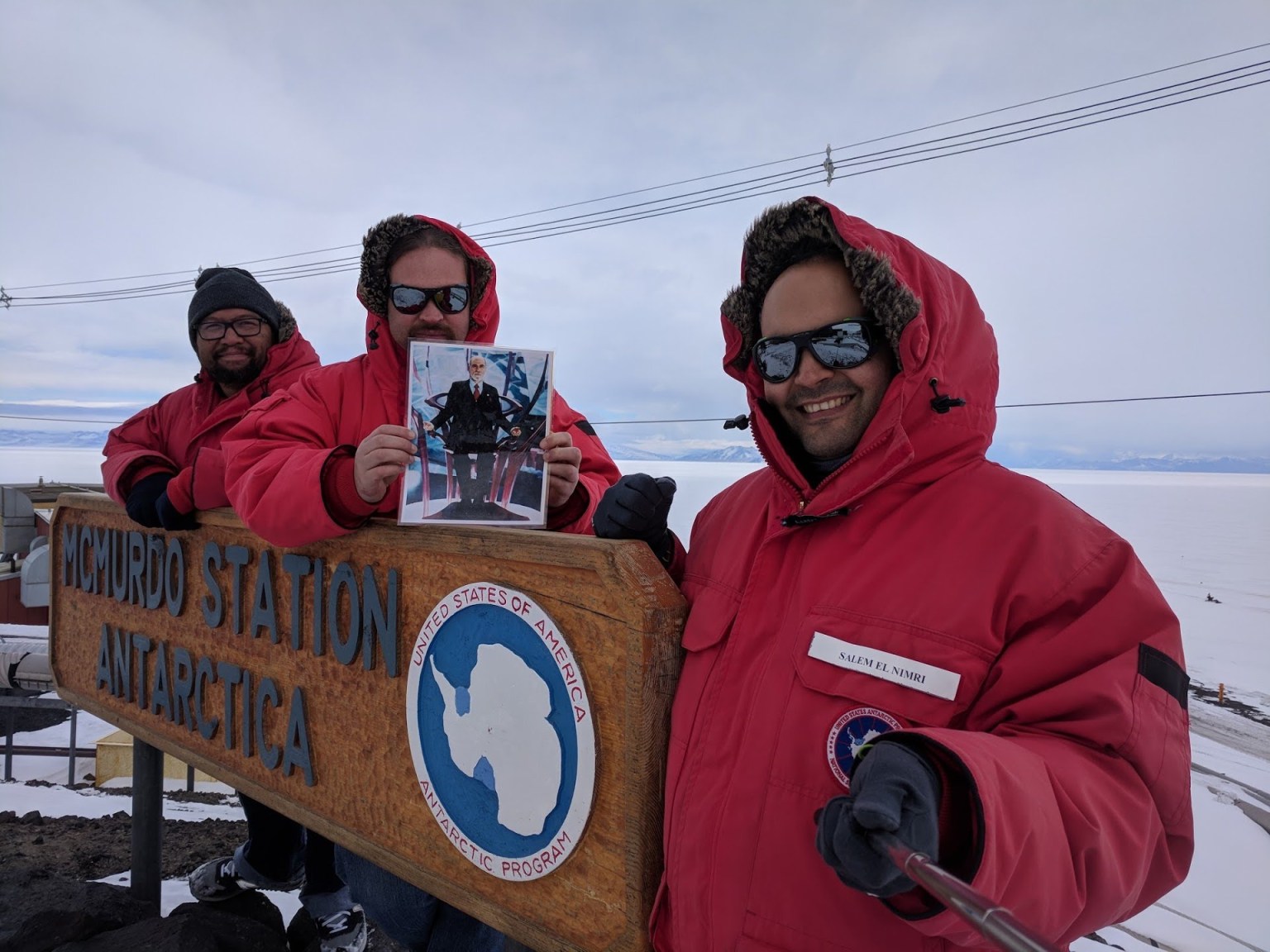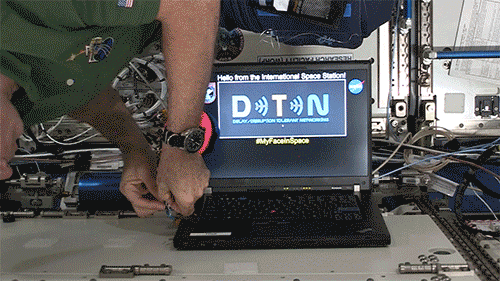NASA is boosting cyber to space with benefits for Earth. On Nov. 20, 2017, a selfie snapped from the National Science Foundation’s McMurdo Station in Antarctica demonstrated technology that can enable the future interplanetary internet. Called Disruption Tolerant Networking (DTN), the technology is NASA’s solution to reliable interplanetary data transmissions when vast distances or alignments of celestial bodies may disrupt communications.
Though Antarctic researchers are not communicating across interplanetary distances, McMurdo’s remote location and minimal infrastructure make it an ideal candidate to benefit from this technology. DTN bundles data and transmits as many bundles as it can when a communication path opens. If a bundle fails to transmit, it goes into storage and waits for the next communication path to open, then sends it. If the bundles were all part of a single file, the file can be reassembled at the final destination.
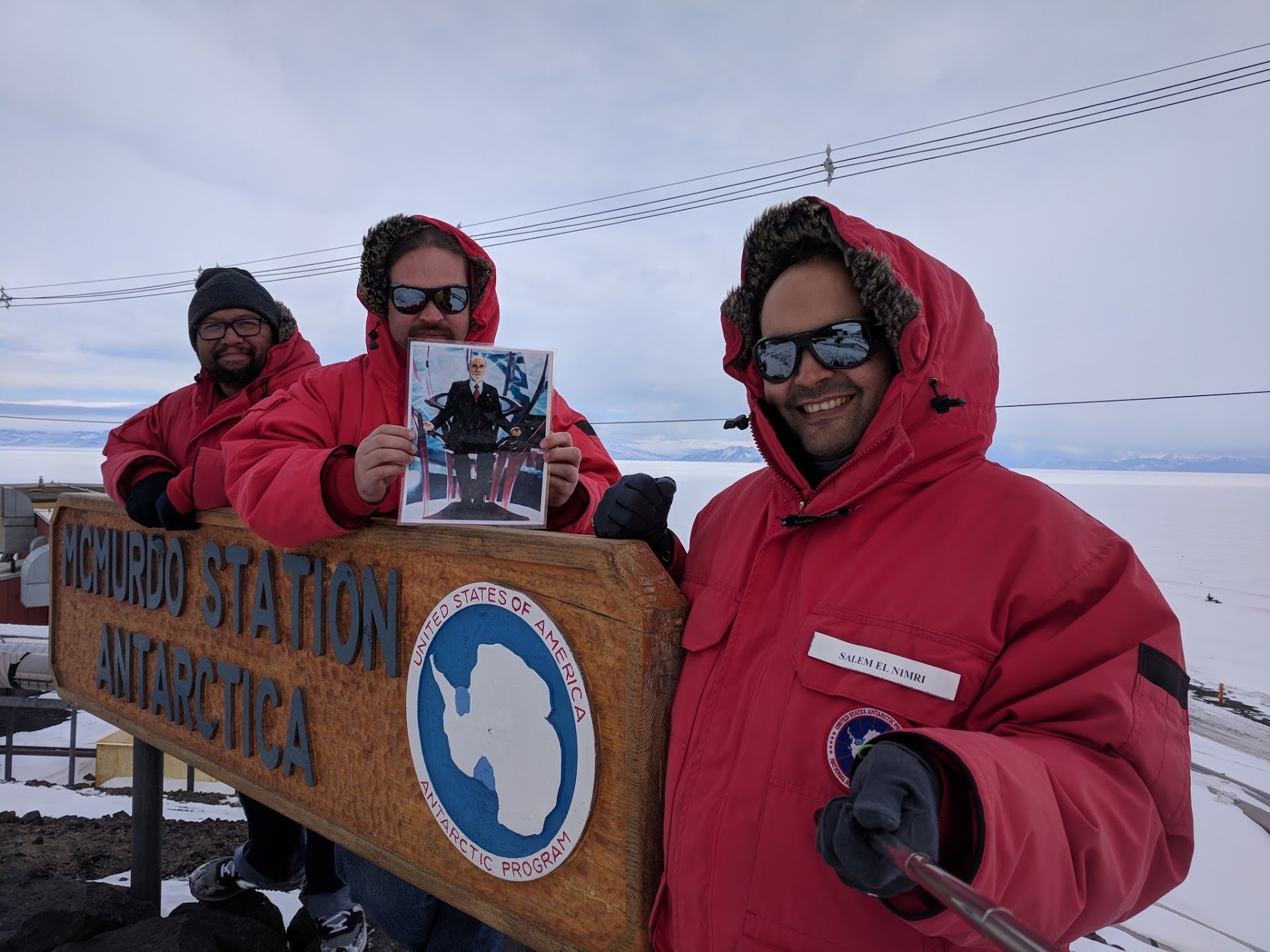
How did an Antarctic selfie get to the space station via DTN?
Starting at McMurdo, DTN software on a mobile phone sent the picture on its journey to the International Space Station. The bundles traveled from the McMurdo ground station to NASA’s White Sands Complex via the Tracking and Data Relay Satellite (TDRS). Then, a series of DTN nodes forwarded the bundles to NASA’s Marshall Space Flight Center in Huntsville, Alabama, which is the access point to the operational space station DTN network. The bundles were forwarded to the space station via another TDRS link where they were then routed to the Telescience Resource Kit (TReK) demonstration payload. The final DTN node extracted the picture data from the DTN bundles that originated from Antarctica. The payload reassembled the original picture and displayed it onboard the station.
“This demonstration really highlights ‘internetworking’ using DTN,” said David Israel, a space communications architect at NASA’s Goddard Space Flight Center in Greenbelt, Maryland. “DTN provides the means for routing data between two endpoints within two individual networks that cannot have a continuous path between them.”
Unlike the familiar computer-to-computer IP connection, the technology allows for temporary disruptions and long delays like those that can be experienced by spacecraft as well as remote locations on Earth.
“We’re cutting our teeth on this software, in real field conditions,” said Patrick Smith, technology development manager for polar research support with the NSF-managed U.S. Antarctic Program. “The simplicity of transmitting from a smart phone could have significant implications for increasing and diversifying the science we support in the polar regions. This represents a vision of how our remote autonomous field research instrumentation might operate one day.”
Data transmission has always been a challenge for Antarctic researchers. With scant civil infrastructure and very few providers able to service the geographic South Pole, the data demand far exceeds the combined network capabilities for research stations on the continent. Communication disruptions can have serious consequences for researchers, because data must be regularly assessed with colleagues for quality assurance and adjustments.
“The Antarctic is an excellent analog for space operations,” Smith noted. “Researchers are conducting important scientific investigations, operating in extreme conditions, with minimal infrastructure, so it’s not surprising that we are using NASA space technology to advance science in the Antarctic.”
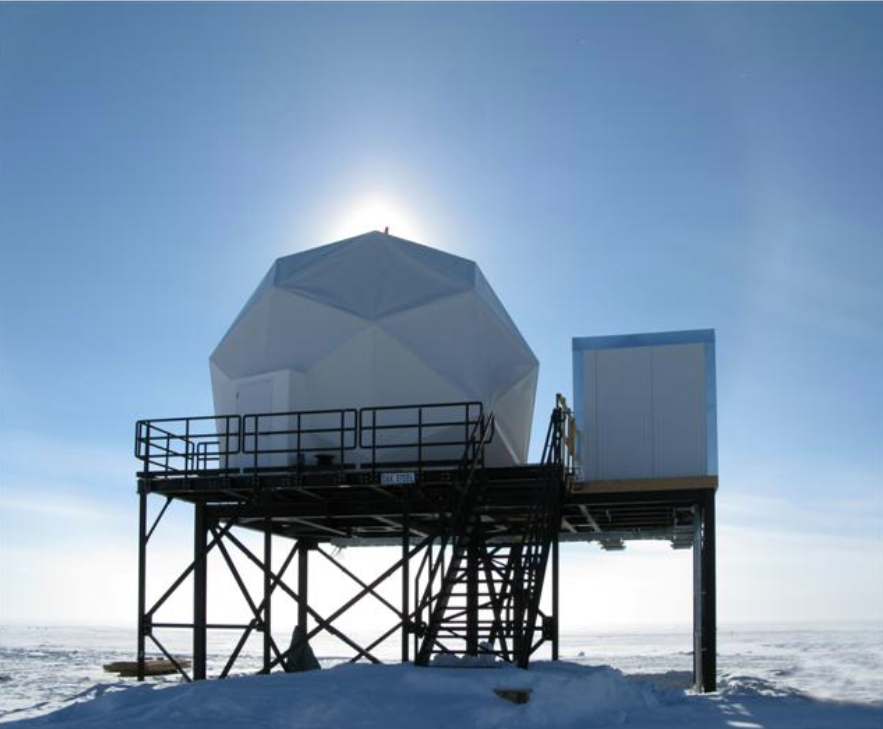
Israel suggests there are many more potential terrestrial applications for DTN. “Any remote location on Earth that experiences limited network connectivity is a candidate for DTN,” he said. “Relief to disaster zones could potentially be improved with better communications using the software on mobile devices by maximizing the use of intermittent access or spotty availability.”
The most recent demonstration provided an opportunity for both NASA and NSF to exercise DTN in a scenario analogous to future applications.
NASA hopes to expand DTN use and discover even more applications. The agency is working to standardize DTN through the Consultative Committee for Space Data Systems and with the Internet Engineering Task Force, and has released implementations of DTN protocols through open-source software.
NASA’s Advanced Exploration Systems (AES) DTN team is led out of NASA’s Johnson Space Center with support from Goddard Space Flight Center, the Jet Propulsion Laboratory, Marshall Space Flight Center, the MITRE Corporation and the Johns Hopkins University Applied Physics Lab. The team works with the Space Communications and Navigation (SCaN) division at NASA Headquarters to integrate DTN with NASA’s communication networks, including the Deep Space Network, Near Earth Network and Space Network, to support future missions.
By Erin Mahoney
NASA Headquarters


